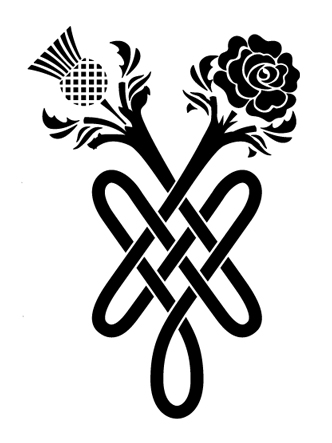
The household had a number of distinguished guests during Mary's childhood, including Samuel Taylor Coleridge and William Wordsworth. While she didn't have a formal education, she made great use of her father's extensive library. She could often be found reading, sometimes by her mother's grave.
Mary also found a creative outlet in writing. According to The Life and Letters of Mary Wollstonecraft, she said: "As a child, I scribbled; and my favourite pastime, during the hours given me for recreation, was to 'write stories.'"
In 1814, Mary began a relationship with poet Percy Bysshe Shelley, a student of her father. He was still married to his first wife when he and teenager, Mary, fled England together that same year. Mary's actions alienated her from her father who refused to speak to her.
Mary and Shelley travelled about Europe. They struggled financially and faced the loss of their first child in 1815 when Mary gave birth to a baby girl who only lived for a few days. The following summer, the Shelleys were in Switzerland with Jane Clairmont, Lord Byron and John Polidori. The group entertained themselves one rainy day by reading a book of ghost stories. Byron suggested that they all should try their hand at writing their own horror story. It was at this time that Mary Shelley began work on what would become her most famous novel, Frankenstein, or the Modern Prometheus.
Later that year, Mary suffered the loss of her half-sister Fanny, who committed suicide. Another suicide, this time of Shelley's wife, occurred a short time later. Mary and Shelley were finally married on December 1816. In 1818, Frankenstein, or the Modern Prometheus debuted as a new novel from an anonymous author. Many thought that Percy Bysshe Shelley had written it since he penned its introduction. The book proved to be a huge success. That same year, the Shelleys moved to Italy.
While Mary seemed devoted to her husband, she did not have the easiest marriage. Their union was riddled with adultery and heartache, including the death of two more of their children. Born in 1819, their son, Percy Florence, was the only child to live to adulthood. Mary's life was rocked by another tragedy in 1822 when her husband drowned while out sailing with a friend in the Gulf of Spezia.
Widowed at the age of 24, Mary Shelley worked hard to support herself and her son. She wrote several more novels, including Valperga and the science fiction tale The Last Man (1826). She also devoted herself to promoting her husband's poetry and preserving his place in literary history.
Mary Shelley died of brain cancer on February 1, 1851 in London. She was buried at St. Peter's Church in Bournemouth, alongside her father and mother and with the cremated remains of her late husband's heart.




 RSS Feed
RSS Feed
